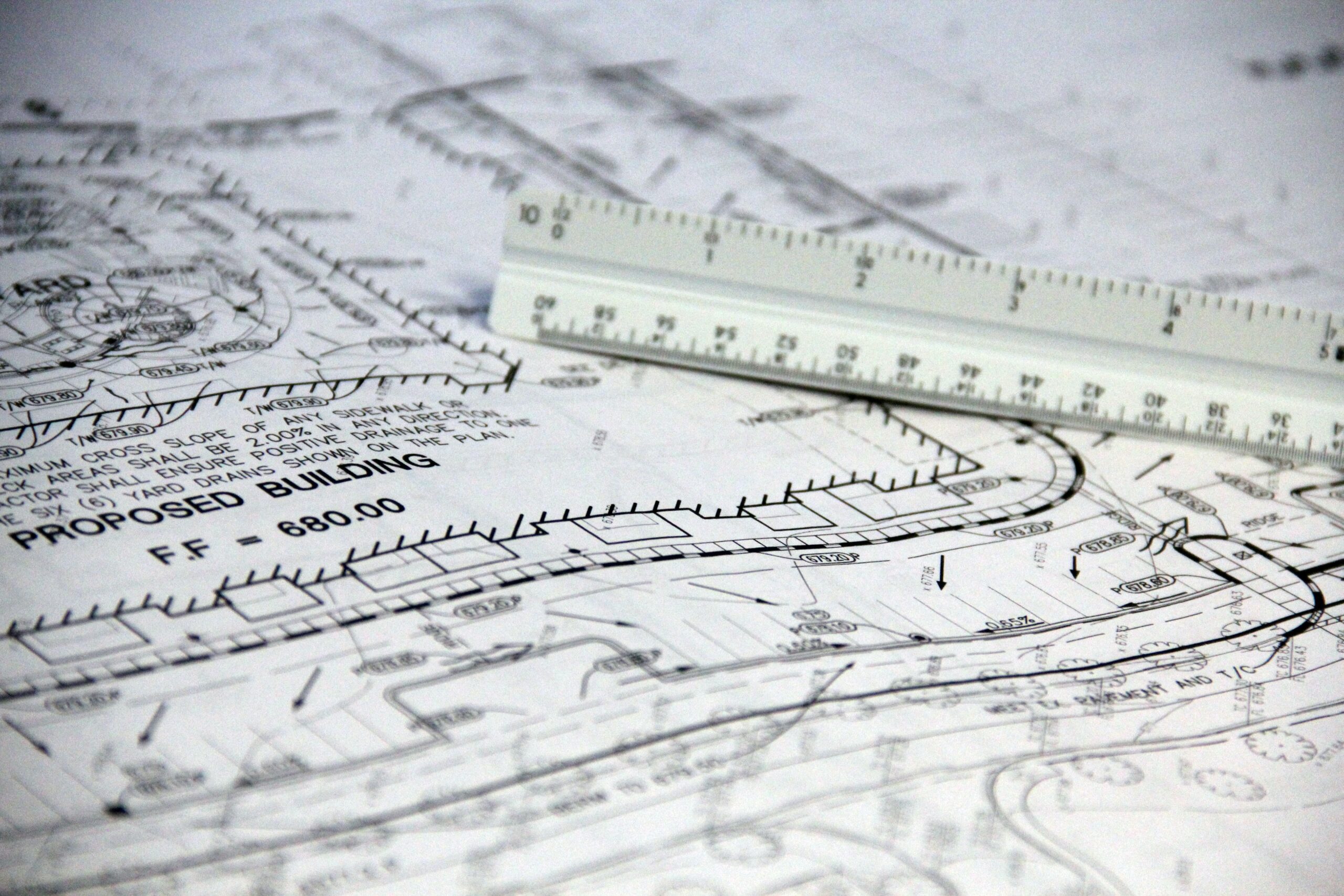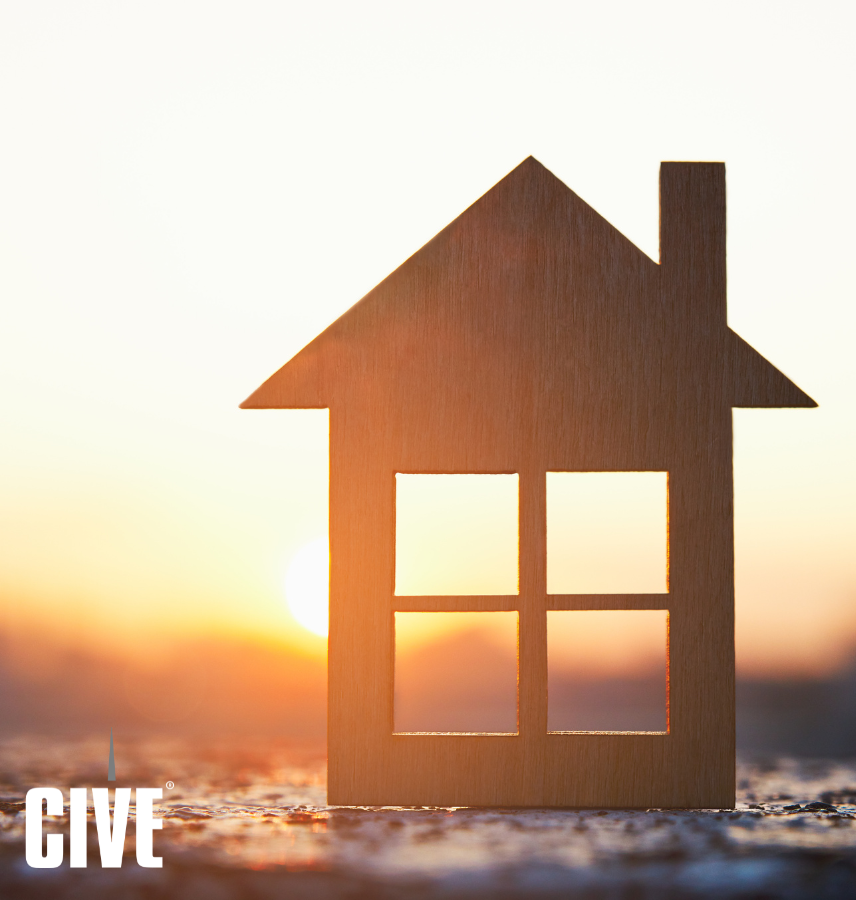Biophilic Design
Biophilic Design involves the integration of living elements and nature into the design and construction of structures. This design technique is also multipurpose. One of its primary purposes is to  bring the occupant(s) closer to nature and the natural world by incorporating natural components such as plants, natural lighting, as well as water and airflow elements. Additionally, biophilic design is often intended to promote environmentally friendly construction and sustainability.
bring the occupant(s) closer to nature and the natural world by incorporating natural components such as plants, natural lighting, as well as water and airflow elements. Additionally, biophilic design is often intended to promote environmentally friendly construction and sustainability.
Biophilic Designing is applicable in both large and small scale. From single-family homes to duplexes to multistory apartments and corporate buildings, if done right, biophilic design is scalable
Vertical forests like the planned “Living Towers” in Nanjing, China and the already constructed “Bosco Verticale” in Milan, Italy are manmade structures that will be home to both thousands of plants and potentially hundreds of people.
Elements of Biophilic Design
Biophilic design typically consists of two main elements, direct and indirect. Direct elements can include things such as light, plants, animals, fire, water, and natural ecosystems while images of nature, natural colors, biomimicry, simulating natural light and air, and natural material serve as examples of indirect elements.
In many biophilic designs, direct and indirect biophilic design elements are implemented for efficiency and practicality. For example, a room that may not be suitable for plant life could feature walls painted in colors invoking nature, or images of living things. This makes biophilic design incredibly versatile.
Another element often included in biophilic design is the architecture or “nature” of the space. This may include winding paths, curved and flowing forms, open floor plans, large windows, and lowered ceilings. It is believed that these things mimic nature improving inhabitants’ cognitive function, making them feel safer and promoting better well-being.
Benefits of Biophilic Design
Although large scale and widespread biophilic design only rose to mainstream popularity in the last decade, several studies have found that the implementation of biophilic design can have a  positive impact on residence and inhabitants whether that be in a home or work environment. Some of these benefits include:
positive impact on residence and inhabitants whether that be in a home or work environment. Some of these benefits include:
- Stress Reduction
- Physical Health and Wellness
- Psychological Health and Wellness
- Increased Productivity
Along with the benefits toward inhabitants and residents, biophilic design also has environmental benefits such as:
- Creation of Carbon Sinks
- Increased Biodiversity
- Urban Heat Island Effect Reduction
- Improvement in Urban Air Quality
Biophilic Design can also feature potential economic benefits for both clients and contractors including but not limited:
- Improved Worker Productivity
- Improve Property Values
- Energy Savings
Personal Benefits
The results of studies analyzing the benefits of biophilic design and architecture vary, but many have found that there is a correlation between stress reduction and the implantation of water and plant features in the home and workspaces. This can be as complex as adding multiple plants into frequented areas or as simple as featuring office windows that face trees or adding realistic landscape image to the wall. Some studies have found that the restorative and stress reducing effects actual views of nature are comparative to those of realist images of nature.
Biophilic design has been shown to have positive effects on health and wellness. Incorporating natural elements into urban and indoor spaces can potentially create an environment that makes people feel safer, happier, and more relaxed.
Psychological health and wellness can also be positively impacted by biophilic design. Research indicates that it can lead to improved cognitive function and enhanced creativity as well as contribute to improved memory and attention span. Additionally, it has been linked to higher feelings of motivation and engagement from people in work, learning, and home environments.
Environmental Benefits
Like many recent trends in the design and construction industry, biophilic design can be a more sustainable and environmentally friendly alternative to traditional construction and design.
Biophilic design and architecture combined with other sustainable building practices has the potential to turn structures and buildings into their own, mini carbon sinks. Although carbon sink typically refers to a naturally occurring ecosystem such as a forest or an ocean, it can also be used to describe any environment that absorbs more carbon than it costs or emits. Combing green energy, green construction, and green
Another potential result of bringing more nature into urban areas and residences is the preservation and increase of biodiversity. Vertical forests, urban gardens, green roofs and many other sustainable urban modifications that have been popularized in recent years, allow for a wider range of wildlife to inhabit a previously uninhabitable area. This can include plant and animal species that are suffering from habitat destruction due to urban sprawl.
The Urban Heat Island Effect occurs when cities experience warmer temperatures than the nearby suburban or rural areas. This can have an impact on many different aspects of city life and individual consumption. For example, it may result in higher energy costs due to increased air conditioning usage. Implementing direct biophilic elements into urban construction has the potential to lower urban temperatures thereby lessening both the Urban Heat Island Effect and urban energy costs.
Economic Benefits
Biophilic design has mental, physical, environmental and financial benefits. For business owners and bosses looking for an office or workspace, biophilic design and architecture have shown a correlation with increased worker productivity and overall well-being. This could not only result in higher output rates but also improved employee health and satisfaction.
For people looking to build and develop properties to sell, choosing biophilic designs and architecture can increase property values and make the property more attractive for potential buyers. By advertising the worker productivity benefits to potential buyers intent on using the structure as office space, the personal benefit to those looking for residential space, and the economic benefits to those looking for multifamily rental properties, sellers can advertise a variety of benefits to a variety of clients.
Depending on the type of biophilic design and the presence of other sustainable and cost effect alternatives, building owners can also save money on energy costs. This is because biophilic design and architecture has the potential to reduce the need for air conditioning in the summer and heating in the winter.
Sources
Gillis, K., & Gatersleben, B. (2015). A Review of Psychological Literature on the Health and Wellbeing Benefits of Biophilic Design. Buildings, 5(3), 948–963. https://doi.org/10.3390/buildings5030948
Kjellgren, A., & Buhrkall, H. (2010). A comparison of the restorative effect of a natural environment with that of a simulated natural environment. Journal of Environmental Psychology, 30(4), 464–472. https://doi.org/10.1016/j.jenvp.2010.01.011
Newman, P., & Soderlund, J. (2015). Biophilic architecture: a review of the rationale and outcomes. AIMS Environmental Science, 2(4), 950–969. https://doi.org/10.3934/environsci.2015.4.950






